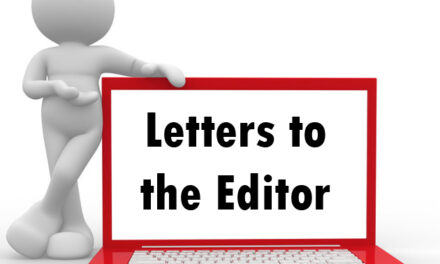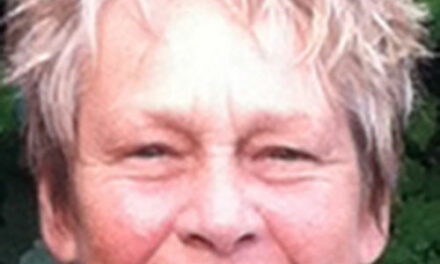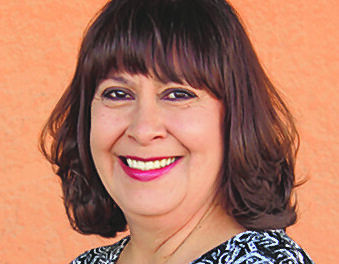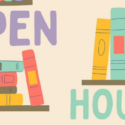Paw it forward
In the 1950s, psychologist B.F. Skinner taught doves to hit a ping pong ball back and forth across a table. When one missed a shot, the other would dip into a treat bin while the loser refrained until it, too, won a round.
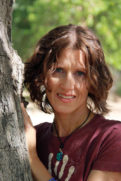
Colleen Dougherty
Pigeons can also distinguish between the paintings of different artists. It seems they recognize the subject matter and style of an artist in much the same way we’d know a Georgia O’Keeffe from a Rembrandt. They can also spot made-up or misspelled word from correctly spelled ones.
Since learning to read involves recognizing sounds made when letters come together, if the letters don’t create a recognizable sound we can tell we’ve misspelled something. Apparently the birds can, too.
Pigeons and doves mate for life, and apparently fall in love pretty much like humans do. They possess bonding hormones called mesotocin and vasotocin that are nearly identical to the human bonding hormones oxytocin and vasopressin. They also have the same “feel good” neurotransmitters we have — serotonin and dopamine. So not only do they fall in love, but they love being in love.
Evolutionary biologist Marc Bekoff wrote, “I’ve known mourning doves who were more in love than a lot of people I’ve known.”
The difference between a wild pigeon and a homing pigeon is that homing pigeons live at someone’s house in lofts made especially for them. After acclimating the birds to the loft, handlers train them by taking them away from the loft, first at short distances and gradually increasing, releasing them and allowing them to return home.
If they’re in a race or hired for a wedding, for example, the handler takes the birds to the event, releases them, goes home and waits for them to return. Sometimes, taking advantage of the birds’ strong bond with its mate, handlers use the widowhood system, taking one on the trip while the other is left at home.
Once released, those little guys and gals can’t wait to get back to their honeys — quickly, it’s hoped, if they’re in a race. Their amazing navigational skills include using smells, landmarks, low sound waves called infrasound that humans can’t hear, and the magnetic fields of the earth, which scientists believe the birds can see — even in the dark.
They also learn routes from one another. Pigeons can fly 700 miles a day for up to 13 hours at speeds up to 80 mph. These qualities are what earned them such importance in wartime, from ancient times up through World War II. It’s said a pigeon carried the news of Napoleon’s defeat at Waterloo; the U.S. Navy used them to spot orange vests of shipwreck survivors (they outdid human spotters 3:1) and during both world wars, pigeons carried messages across long and dangerous distances with tiny message capsules or cameras strapped to their legs.
One of the most well-known was Cher Ami, one of the 600 birds flown by the U.S. Army Signal Corps in WWI in France. Ami flew the last of his 12 missions in 1918, rescuing the “Lost Battalion” of the 77th Army that had become separated. Minutes before they were to be shelled by their own troops, Ami flew back with their coordinates and saved 194 soldiers. Ami was shot twice on his way back; one shot went through his breast, the other hit his leg. Still, he kept on flying, the message capsule dangling from his wounded leg. His valiant efforts earned him the French Cross and the Dicken Medal of Honor.
He lived another eight months. In 1931, he was posthumously inducted into the Racing Pigeon Hall of Fame. Between both world wars, 62 animals were awarded the Dicken Medal, and 32 of those were pigeons.
Pigeons mean many things to many people. Their soft coos and purrs seem mournful to some; soothing and peaceful to others. Author Sy Montgomery, who moved around a lot as a kid, found the sense of home and belonging she’d missed just by learning about and being around pigeons.
“Perhaps love isn’t what defines us as human, but is something we happen to share with other species, including the humble pigeon,” said Marc Bekoff.
Ted Andrews (author of “Animal Speak”) suggests we see them as a symbol for ourselves to find our way home when we feel lost, have given up and have forgotten who we are.
Journalist Brandon Keim wrote, “Perched on building ledges, chasing scraps of food, taking to the skies at sunset: each one is a reminder that love is all around us.”
(Colleen Dougherty’s history in animal welfare includes work in a veterinary clinic, shelters in Santa Fe and Albuquerque, and currently as a volunteer for the Valencia County Animal Shelter. She has been a speaker at the N.M. State Humane Conference on three occasions, presenting talks on caring for small mammals in the shelter setting, and compassion fatigue in animal welfare. She holds degrees in art and counseling therapy, and certificates in eco-psychology and feline massage therapy.)

